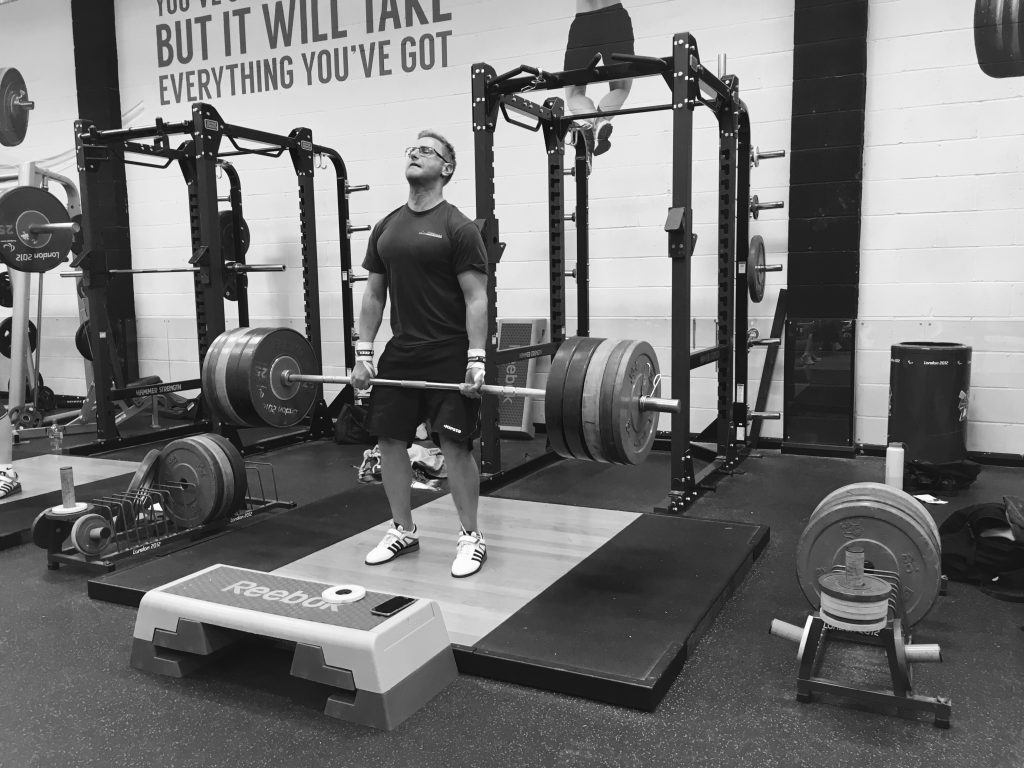What’s an EMOM and How Do You Add it Workouts?
What’s an EMOM?! How do I do an EMOM?!
If you’ve never done or even heard of EMOM’s, you’re possibly missing out on one of the most effective ways of building intensity and volume into your workouts.
EMOM is an abbreviation of ‘Every Minute On the Minute’. It basically means you repeat an exercise, complex or set of an exercise on the minute every minute. There’s no limit of restriction on the kind of exercises you can perform an EMOM with, which means it’s a perfect way of doing a lot of high intensity work strength work and still maintain exercise variety.
The EMOM was popularised by the CrossFit movement and is still used in their workouts to this day. It’s such an effective training approach that it has spilled out into the wider fitness world – many strength coaches use EMOM’s with their athletes for both practical and physical reasons.

Using EMOM Workouts for Intensity and Volume
In its most basic form an is EMOM a version of Escalating Density Training (EDT) invented by Charles Staley. In the original EDT, the effort or ‘density’ of the session was increased by either increasing the amount of work performed within a given time frame, or reducing the amount of time available to complete an amount of work.
I appreciate that’s as clear as mud, so I’ll explain it better here.
Imagine you are able to complete 100 squats in 10 minutes. If the weight stays the same, there are two main ways you can make that session harder…
- Perform the 150 squats in 9 minutes, increasing the intensity.
- Perform 160 squats within the 10 minutes, increasing the volume in the allotted time.
Using an EMOM is a version of that. It’s a way of forcing you to complete reps on a strict time regimen, so even when you’re tired you still have to exercise. It’s a perfect way to increase intensity and volume without increasing the load lifted.
By selecting a single exercise to perform the EMOM with, you keep the workout simple yet very effective, allowing you to focus on the same movement pattern or exercise technique every time.
How to Programme an EMOM
There are all kinds of ways to programme an EMOM, but in my personal opinion (and experience), the way you get the most from them is when you lift heavy weights and keep the sets short. In my own training I use EMOM’s for weight lifting exercises when I’m doing high volume strength work.
If you programme an EMOM with higher reps, you end up with a situation where the set takes so long that you’re left with an insufficient amount of recovery time before the next set, so the quality of your subsequent sets drops very quickly. This may be your aim, but I’d suggest there are better ways to achieve that level of intensity.
With heavy weights, I typically keep my EMOM sets to around 3 reps or 15-20 seconds total work, allowing me (or my client) to rest for 40-45 seconds ahead of their next set. I find this amount of rest is short enough to keep the intensity high, but long enough to allow a decent amount of recovery ahead of the next set, allowing form to be preserved.
Programming EMOM’s into Your Workouts
These are the kind of exercises I use as an EMOM in my own training. Typically I work on a basis of 1-3 reps – more complex exercises such as clean and jerk will typically be at the 1-2 rep end of the scale. The faster exercises such as the hang snatch will be done in doubles or triples.
Other exercises you could use in an EMOM programme would be squats, deadlifts, military presses, bench presses etc.
The important thing in order to maintain the intensity is to be in eye shot of a watch or clock – without that you have no idea of how long you have to recover ahead of the next set!
You can be creative with the exercises you put into your own EMOM workouts, but remember to keep them short and ideally, strength-based. You’ll get more benefit from them that way. The key is to be able to perform multiple sets of the exercise in the EMOM.
How Many Sets Should I Do?
Personally I think an EMOM is best used as a way of increasing the intensity of strength training, so I like to programme a lot of EMOM sets. There’s little point in doing 2-3 EMOM sets because it isn’t long enough for the intensity to build up sufficiently.
Likewise, if you’re lifting at a sufficiently heavy weight and performing enough reps then you won’t be able to carry on with too many sets. I typically top out at around 10-12 sets, depending on the weight and reps. If I’m doing a complex that contains a lot of movements, I’ll probably do 6-8 sets of EMOMs.
There’s no need to discuss rest periods because they are governed by how long is left in the minute after you’ve completed the reps.

Where in the Session Should I Programme the EMOM?
If you follow my advice and use a strength-based EMOM approach, then you’ll want to get them in early. With strength exercises you want to be sufficiently warmed up so you can lift properly and with good form, but no more than that.
If you place a strength-based EMOM too late in the workout, you’ll be fatigued and unable to lift properly or with sufficient intensity, so won’t get much value from them. You’ll also dramatically increase your injury risk by trying to perform heavy or complex reps whilst fatigued.
Get your EMOM’s in the workout early and use the rest of the session for other elements of your fitness.
When NOT to use EMOM’s…
EMOM’s have their time and place, but they aren’t the perfect tool for everything. There are a few situations when I wouldn’t use them in either my clients’ or my own workouts. Here are a few…
- Building towards a 1 rep max – in this case, I’d be focussing ALL of my effort towards lifting as heavy as I could for a single rep. Performing lots of heavy reps before a PB attempt isn’t a wise approach. You’d be too fatigued.
- Muscle Building/Bodybuilding – hypertrophy workouts are usually best performed with a lot of volume. With EMOM’s you’re looking to hit fatigue early, then keep rest short. This is the opposite of a muscle building workout where you are trying to perform a lot of reps.
- When Carrying an Injury – if you’re carrying a small injury or are just getting back to training post injury, don’t perform an EMOM. That amount of volume in a short period of time usually isn’t a good idea post injury.
Sample EMOM Workout
Here’s an example of an EMOM workout I would programme for a client with a general strength and fitness goal. Feel free to adapt how you see fit, but here’s how I’d go about it…
- Warm Up: 1000m Row
- Movement Prep Exercises: 2 x 12 Squat, Press, Lunge, Hinge, Clean with an empty barbell.
- Light weight barbell complex: Clean, Hang Clean, Split Jerk Complex (build up to working weight).
- EMOM: Clean, Hang Clean, Split Jerk Complex x 10
- Kettlebell Swings: 5 x 15
- Push Ups: 5 x 15
- Pull Ups: 4 x 6
- Swiss Ball Roll Outs 3 x 12
In Conclusion…
Hopefully you now know exactly what an EMOM is and how to use them in your training. They’re a fantastic workout tool and can really help you add intensity and volume to your strength training if you include them correctly. Improving your training isn’t about fancy or complex, it’s about finding out what works and doing more of it.
EMOM’s are perfect for this. Use them often.
